This charming verge fusee pocket watch is a true testament to the elegance and craftsmanship of late 18th and early 19th century France. Made in France around 1800, it features exquisite enamel decoration on the back cover, which not only grants it significant artistic value but also an exceptional visual appeal. The hand-painted romantic scene depicts an idyllic moment between a seated woman and a young boy reading a book to her, likely a symbolic representation of motherhood or the transmission of knowledge. The entire scene unfolds in a bucolic countryside landscape, giving the piece a serene and endearing aura.
The enamel painting is framed by a mandorla surrounded by deep ultramarine blue, with a delicate light blue floral border. Along the outer edge, rich decoration in gold and silver tones with arch and pike motifs adds ceremonial and intricate character to the composition. This enameling work is attributed to the renowned artisan J.F. Valeri Leton, whose name is engraved inside the cover alongside the serial number. The signature LETON, engraved in capital letters, adds significant value as it links the watch to the prestigious French enameling tradition of the period.
The dial, made of white porcelain, displays black Arabic numerals for the hours and red ones for the seconds. The Breguet-style hands are finely turned and harmonize beautifully with the overall aesthetic of the watch. It is key-wound, and the movement has been recently serviced and is in perfect working condition, which enhances the historical and technical value of the piece.
These verge fusee watches were known for their precision and robustness. They were especially appreciated during the turn of the 18th to the 19th century and widely distributed throughout France and other European regions. Moreover, their artisanal character makes them truly unique pieces, particularly when featuring pictorial enamel decorations.
An ideal jewel for discerning collectors, art historians, or lovers of antique watchmaking. Its poetic character, combined with its technical and decorative quality, makes this watch a secure investment and an unforgettable acquisition. It is a piece that will undoubtedly stand out in any private collection of antique watches or museum display.
This piece is ready to complete a collection and to be proudly gifted or treasured.
Dimensions: 50 mm (1.96 in)
History of J.F. Valeri Leton
J.F. Valeri Leton was one of the most distinguished enamel artisans in France at the turn of the 18th to 19th century, particularly active in the Geneva area, which at the time was considered the world capital of watch enameling. Back then, watches were not just instruments of precision but true works of art combining engineering with miniature painting. Enamel was the preferred medium of the great masters to depict bucolic, allegorical, or religious scenes. Leton belonged to this refined tradition.
Leton was not a watchmaker in the mechanical sense but a renowned decorator of enameled covers and cases, whose signature appears on many pieces exported to markets such as Spain, Italy, and the Ottoman Empire. The fact that his name is clearly engraved inside the case cover indicates that his work was valued enough to be considered a maker’s mark, on par with the watchmakers who signed the dials or movements. The quality of his scenes and the use of vivid colors, especially cobalt and ultramarine blues combined with finely applied golds, are distinctive of his style.
Watches decorated by Leton are notable for their pictorial treatment of figures, smooth shading transitions, and delicate facial expressions. These often depict idealized everyday scenes such as reading, filial love, or rural life, as seen in the present watch where a child reads to a contemplative woman. These themes were popular among the early 19th-century bourgeoisie and nobility, who valued both the technical skill and symbolic content.
The enamel on copper used by Leton was fired at high temperatures in specialized kilns, a delicate process requiring multiple layers and firings to achieve the depth, intensity, and durability of the color. The result was a glossy vitreous finish that withstood the test of time and daily handling. Many of these works have survived intact to this day, confirming the exceptional quality of materials and techniques employed.
Although little is known about Leton’s personal life, his signature appears in European auction catalogs and has been referenced in key publications on enamel horology. His work belongs to a special category for collectors: that of signed enamelers who, like the best miniature painters, gave a distinct identity to each decorated watch. In private collections and specialized museums, watches with enamel signed by Leton occupy prominent places due to their rarity, aesthetic integrity, and documentary value.
Today, any enameled watch signed by J.F. Valeri Leton represents not only a piece of high craftsmanship but also a tangible testimony to the artistic sophistication of post-revolutionary France. These are pieces that, beyond their horological function, capture the aesthetic sensibility of an era that cherished beauty and technique in equal measure.


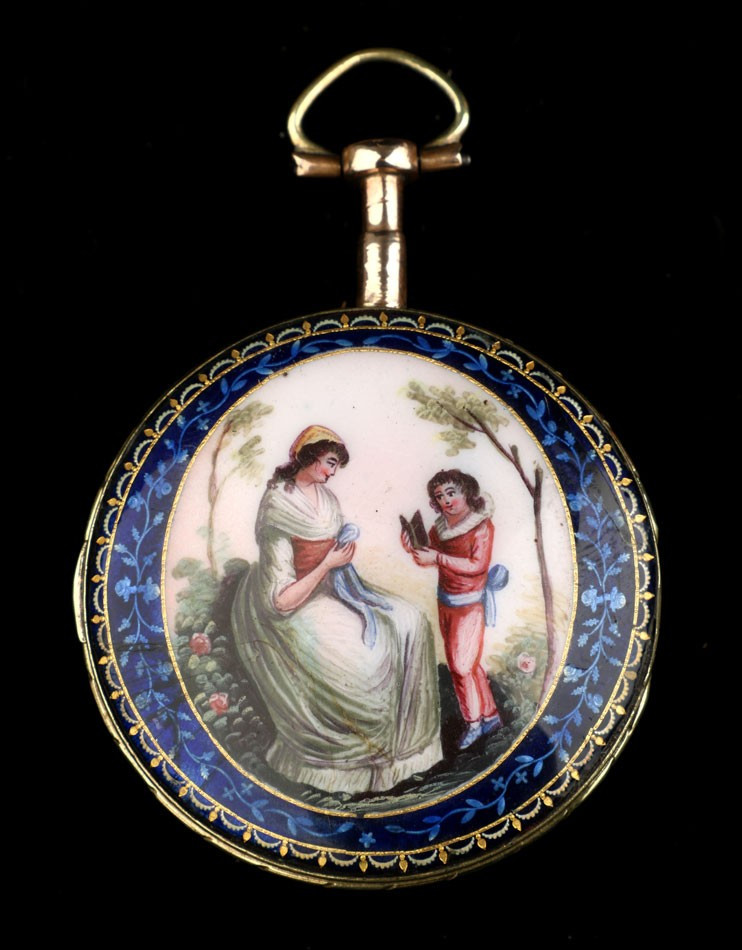
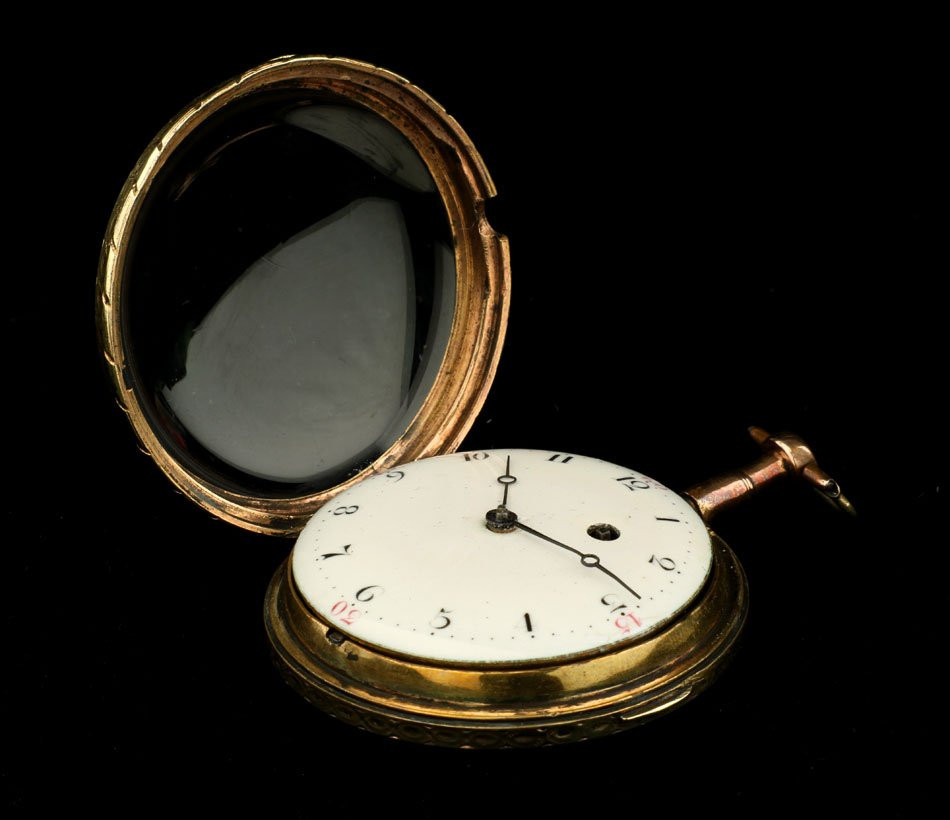
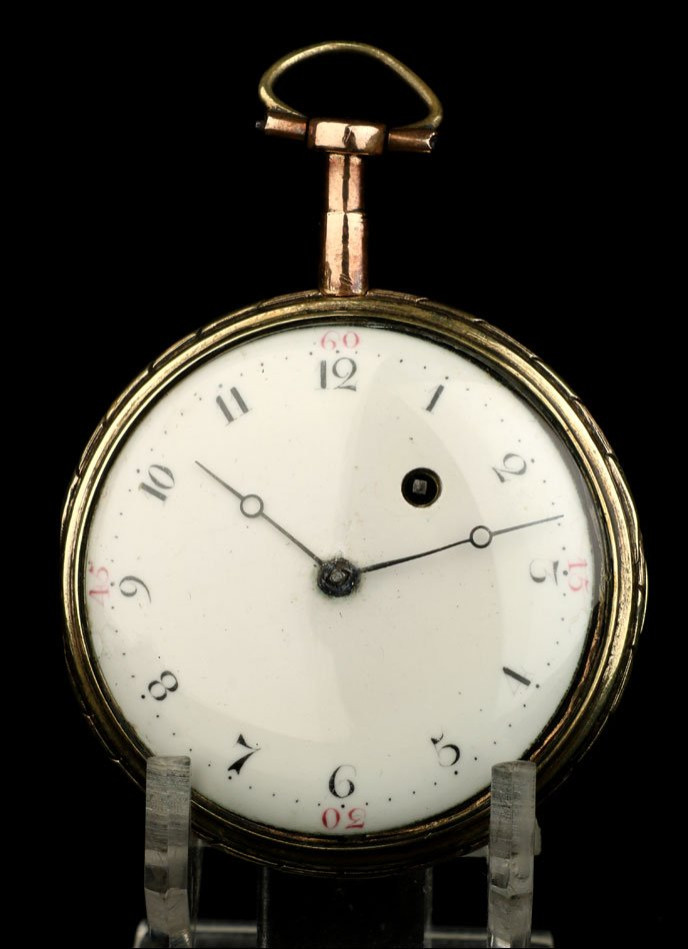
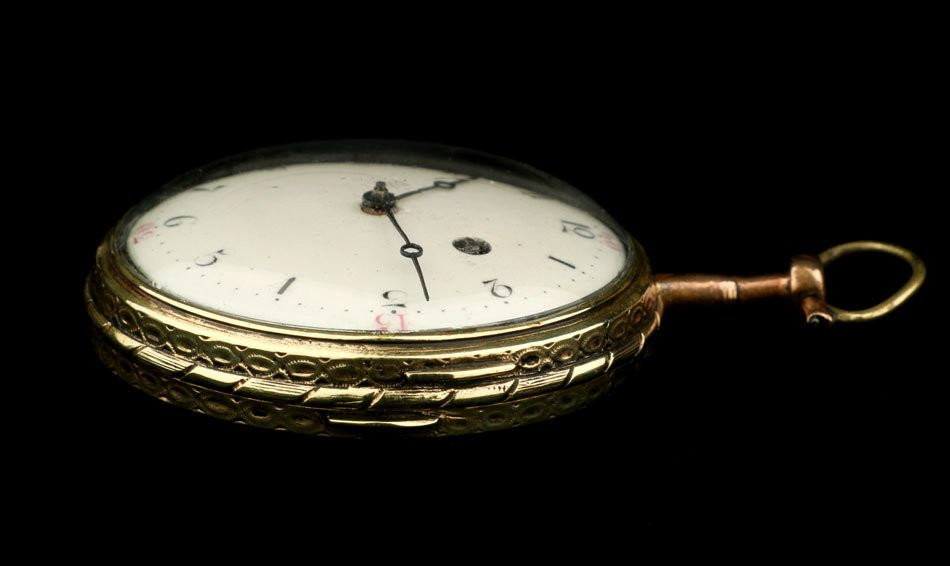
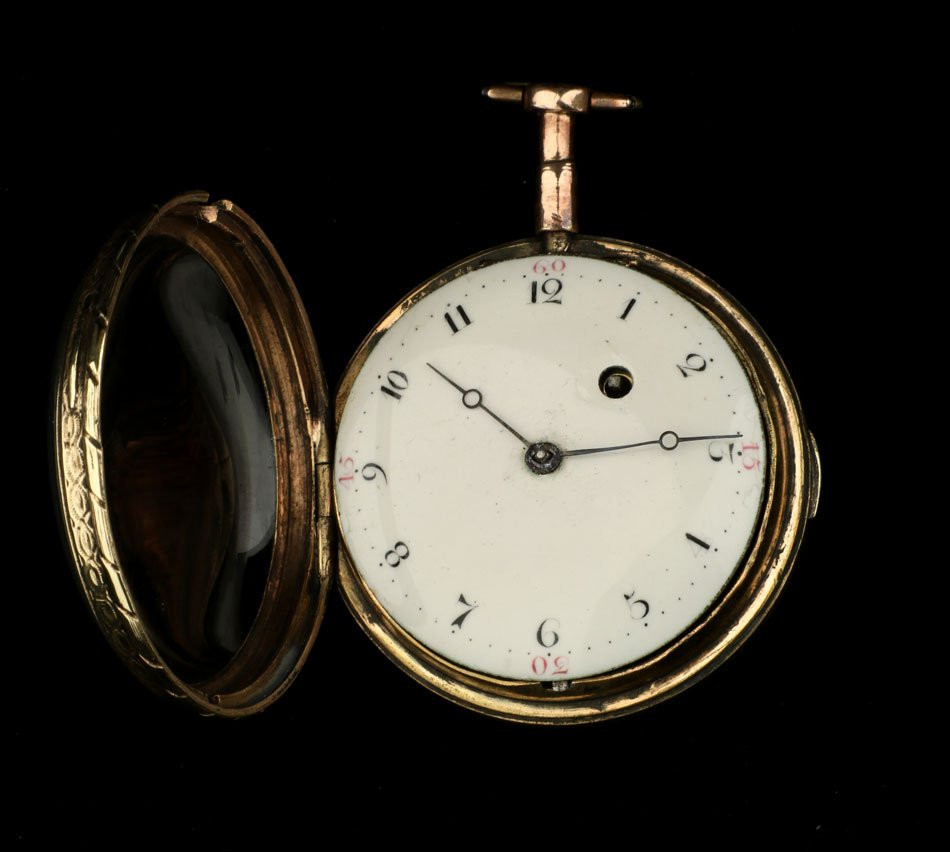



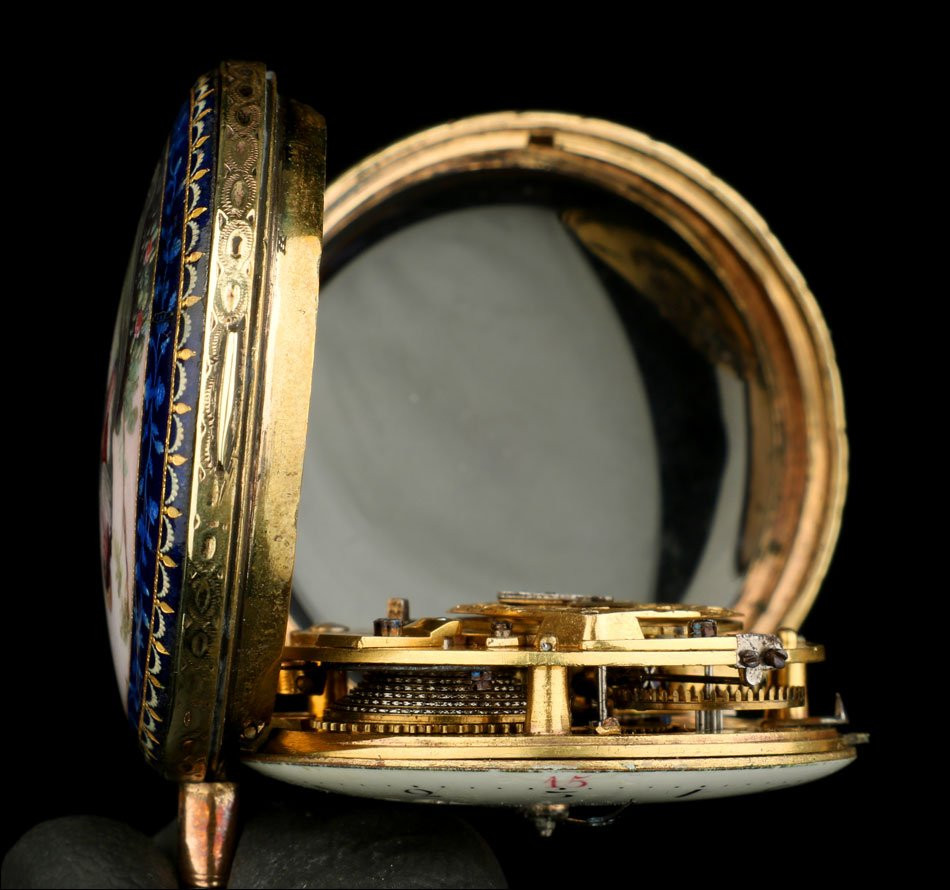

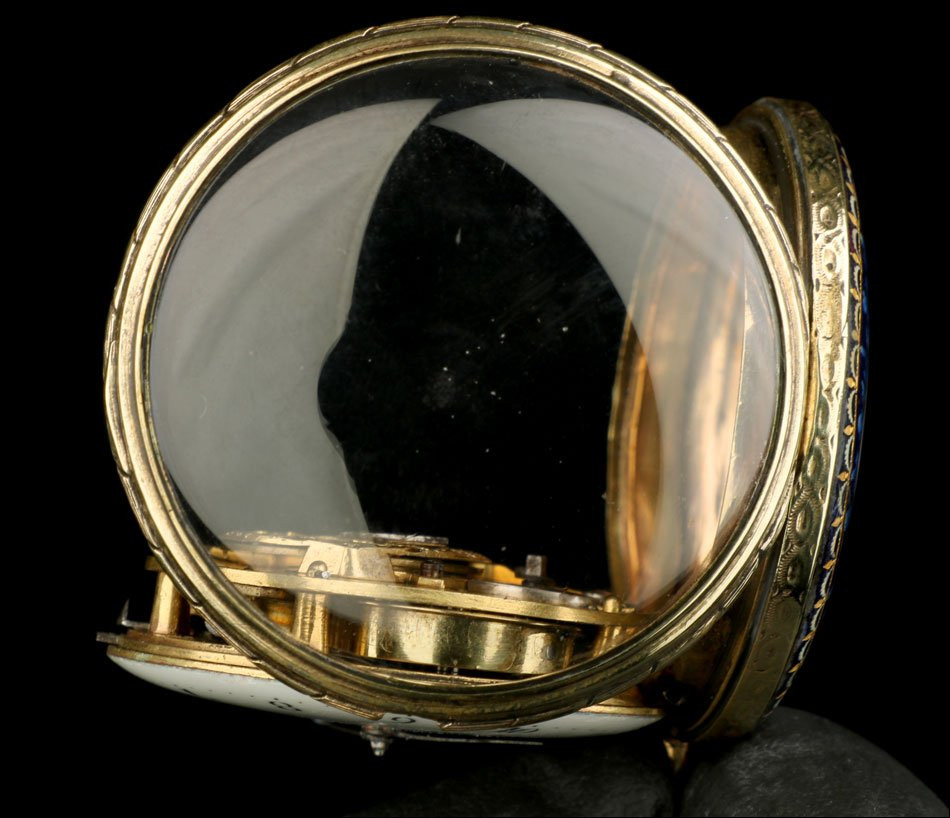
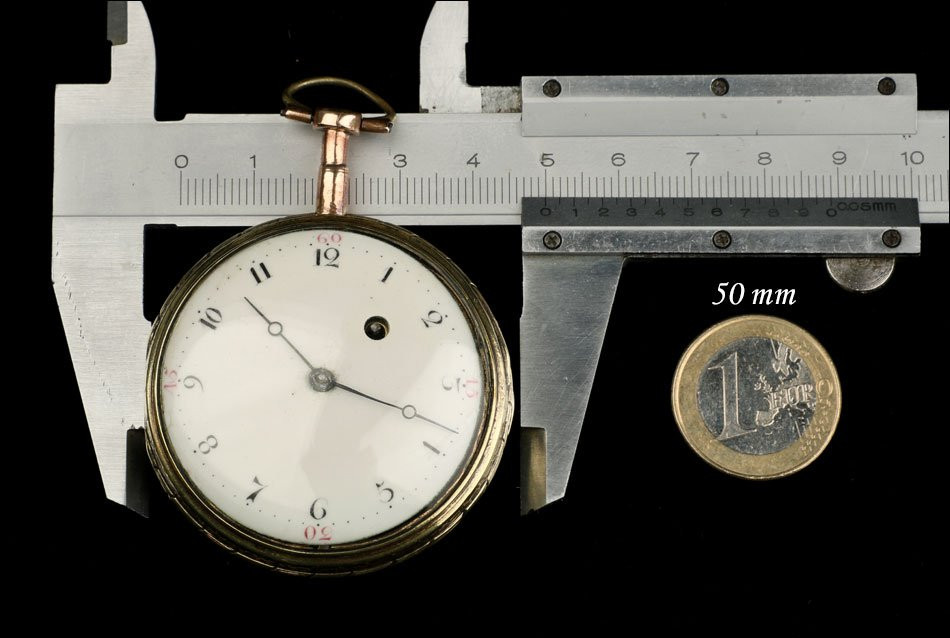



















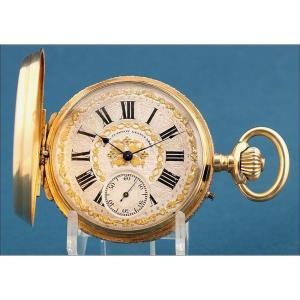


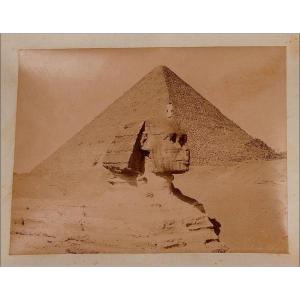













 Le Magazine de PROANTIC
Le Magazine de PROANTIC TRÉSORS Magazine
TRÉSORS Magazine Rivista Artiquariato
Rivista Artiquariato